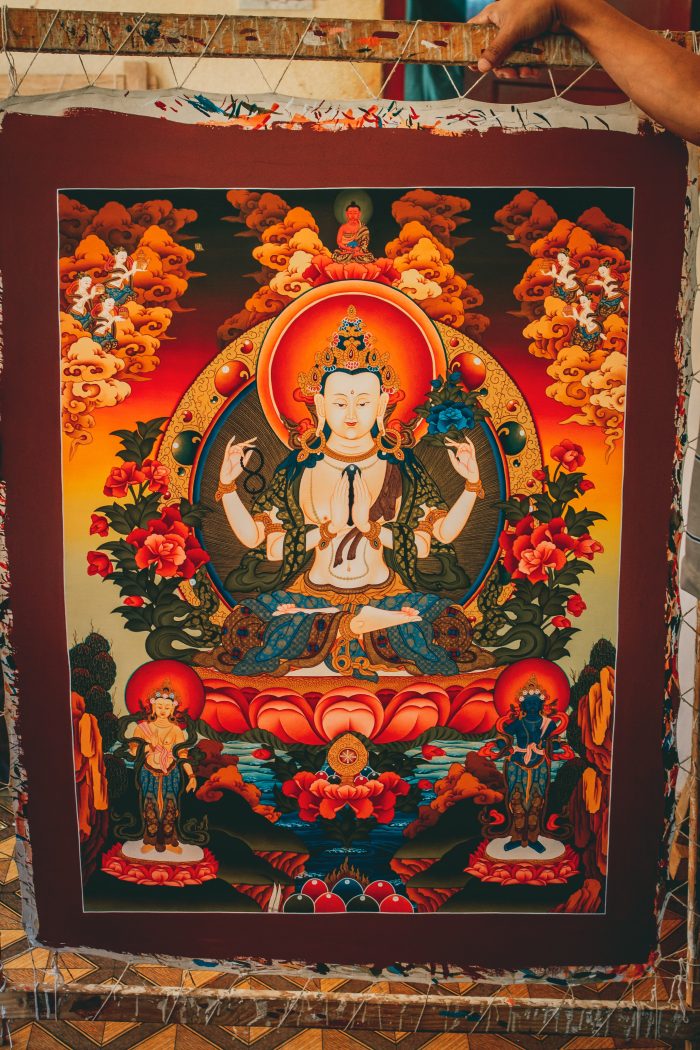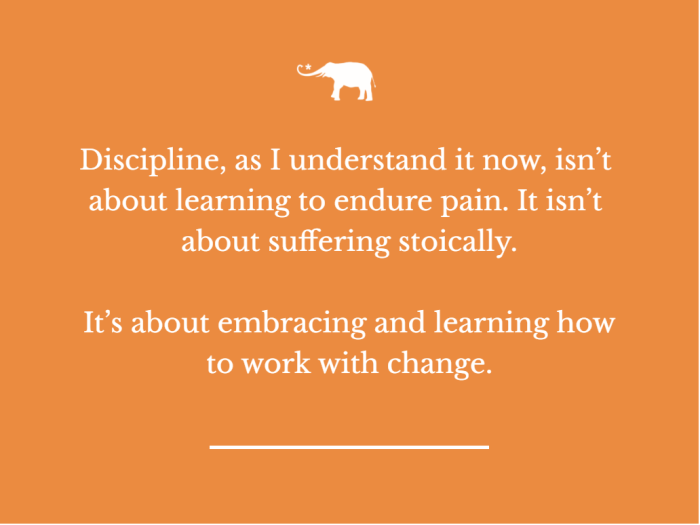
The following is an excerpt from the upcoming book Humanity is Trying by Jason Gots.
~
Discipline has two parts, both of which I struggled with.
First, you had to decide where you wanted to go. Like the Cheshire Cat says, whichever direction you choose, you’re bound to end up somewhere. But somewhere wasn’t good enough for me; I always got hung up on the destination.
Take guitar: my heroes (Tom Waits, Ani DiFranco, Richard Thompson, Paul Simon) were poetic lyricists and spontaneous, soulful singers. I started to worry that too much practice would make my playing stiff and mechanical. If I was truly a songwriter, shouldn’t it all just come to me naturally?
This was ridiculous, of course. Richard Thompson was one of the most technically accomplished guitarists alive. Paul Simon practiced constantly. Ani DiFranco’s fingerpicking was percussive, melodic, complex instrumental perfection itself. Even drunk, Tom Waits had the chops to improvise his way through a forty-five-minute jazz piano set. Their passion and their presence were amplified by discipline, not diminished by it.
The second part of discipline is consistency. Keep showing up. You learn more from the daily struggle with yourself than you do from the technical skills you acquire. Here, too, I quibbled endlessly with myself, got lost in Talmudic sophistry. The question I was stuck on was, “How much is enough?”
The inner mom said there was no limit. No reasonable amount of daily practice. That if you were really committed, you’d practice every waking moment. At that, the inner child threw its hands up in disgust and stalked out of the room.
The Ānāpānasati Sutta is the Buddha’s discourse on breath meditation or mindfulness of breathing. At various points in the scriptures, he says that among all the “skillful means” of meditation he taught, the hundreds of creative and varied strategies for cultivating concentration and wisdom, ānāpānasati on its own is sufficient to lead to enlightenment.
In its simplest form, it’s about noticing the sensations of the breath as it goes in and out, and maintaining that awareness over time. If you’ve ever tried this, you know that it’s much harder than it sounds at first. You become annoyed by the whiny sound of your inner voice going “in…out…in…out.” Your attention gets so rigid that your jaw starts to ache. You can’t stop thinking about French fries or sex or some email you forgot to send.
In A Path with Heart, Buddhist teacher Jack Kornfield likens the untrained mind to a puppy. When it wanders away into trouble, screaming and cursing won’t do either of you much good. Better to pick it up lovingly and try again. Repeat that action often enough, and the puppy will learn.
Discipline, as I understand it now, isn’t about learning to endure pain. It isn’t about suffering stoically. It’s about gradually opening up to life as a process you can’t fully control or predict. It’s about embracing and learning how to work with change.
Ānāpānasati is every discipline in microcosm. It’s a structure that reveals and refines you. It takes patience, self-compassion, commitment, and time. On the days when you don’t “feel up to it,” nothing is gained by powering through the meditation with gritted teeth and a resentful heart, or—on the other hand—deciding to sit this one out.
However you feel, whoever you are today, you just show up and work with what you’ve got. Repeat that action day after day, year after year and you’ll learn to focus more on what’s present in the body, less on your opinions about how you ought to feel. You’ll connect more deeply to yourself and to others. You’ll learn that acceptance is the foundation of growth.


 Share on bsky
Share on bsky





Read 2 comments and reply